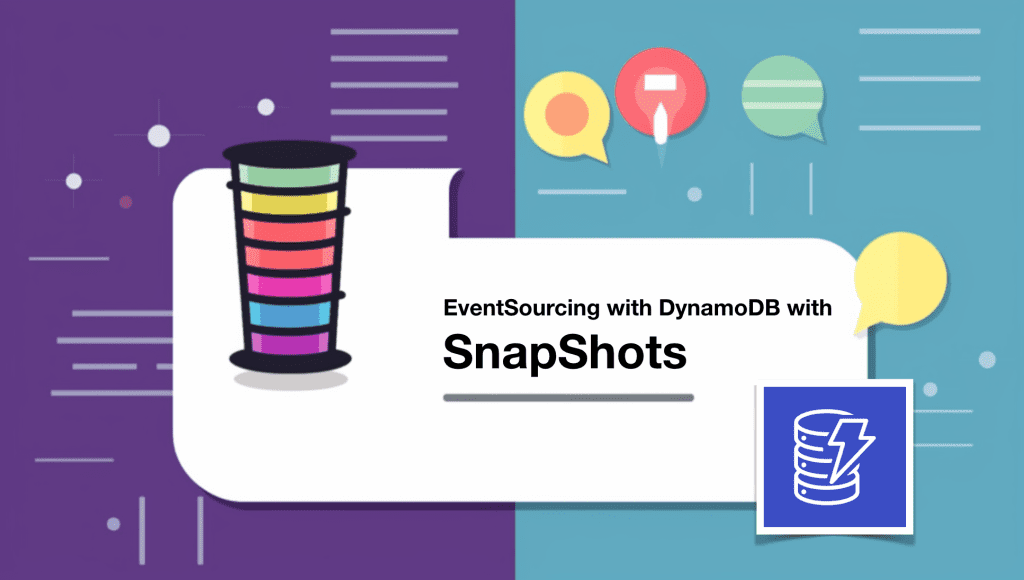Why you should use ephemeral environments when you do serverless
One of the benefits of serverless is the pay-per-use pricing model you get from the platform. That is, if your code doesn’t run, you don’t pay for them! Combined with the simplified deployment flow (compared with applications running in containers or VMs) it has enabled many teams to use ephemeral environments to simplify their workflow …
Why you should use ephemeral environments when you do serverless Read More »



